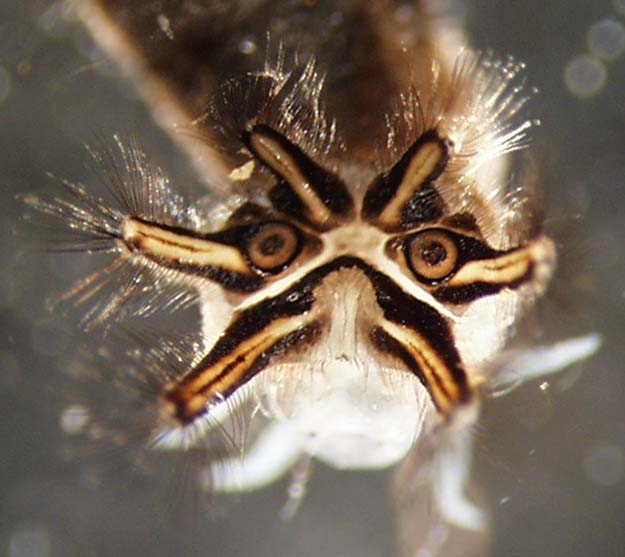
THE XERCES SOCIETY FOR INVERTEBRATE CONSERVATION Aquatic Invertebrates in Pacific Northwest Freshwater Wetlands |
| Identify taxa |
|
You are likely to encounter a wide variety of immature Diptera in wetland samples. Crane fly (Tipulidae), mosquito (Culicidae) and midge (Ceratopogonidae, Chironomidae, Dixidae) families will be especially abundant. Several other families are partial to or found exclusively in wetland habitats, although some may be rare in samples. These wetland taxa include marsh flies (Sciomyzidae), horse and deer flies (Tabanidae), long-legged flies (Dolichopodidae), shore flies (Ephydridae), mosquitoes and biting midges. Although many other insect taxa are commonly called flies (dragonflies, damselflies, dobsonflies, butterflies) the Diptera are the only "true" flies. The true flies are incredibly important economically and environmentally around the world. Large hatches of blackflies and face flies can cause severe distress for entire herds of cattle, while others are the primary vectors of diseases, including yellow fever, dengue, malaria, encephalitis and many other serious ailments. At one time or another, most of us have had the unfortunate experience of encountering a hatch of biting midges, black flies, or mosquitoes. Diptera are ubiquitous and essential components of aquatic ecosystems. Fly larvae occupy nearly every feeding niche, from parasites to filter feeders, grazers or predators. Because of their abundance and generally soft, fleshy bodies, fly larvae and adults are an important food source for many other aquatic and terrestrial animals. Gut contents of insectivorous fish rarely fail to turn up midges, and midges are extremely important in the diet of juvenile salmon. Until the young fish are strong enough to pursue more mobile aquatic insects, the small, slow midges provide a meal with high nutritional value. Fly larvae are very diverse in appearance. However, at least among the aquatic insects, they are fairly unique in that they have no jointed legs. Thus, fly larvae are more likely to be confused with worm-like organisms than with otherb types of aquatic insects. Adult Diptera are terrestrial, but they may be collected as incidental specimens. |
Dixidae
|
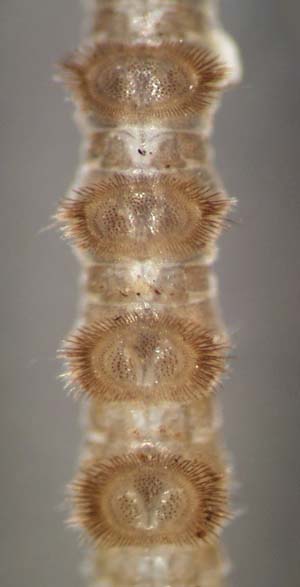  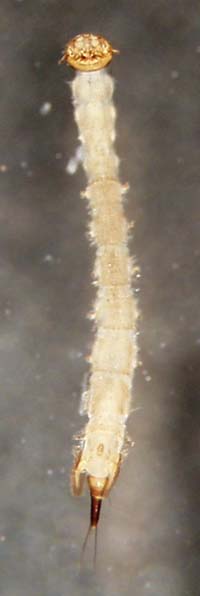   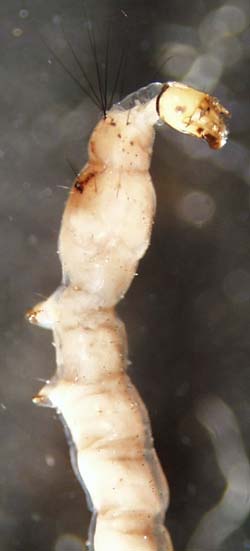 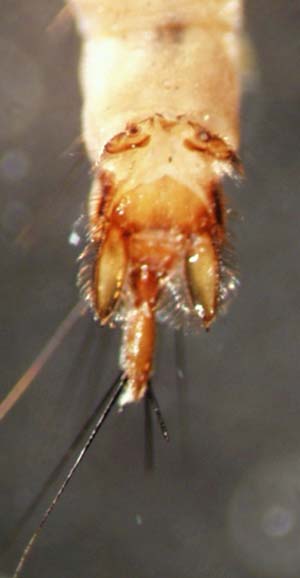 |
||
|
|||
Ptychopteridae |
 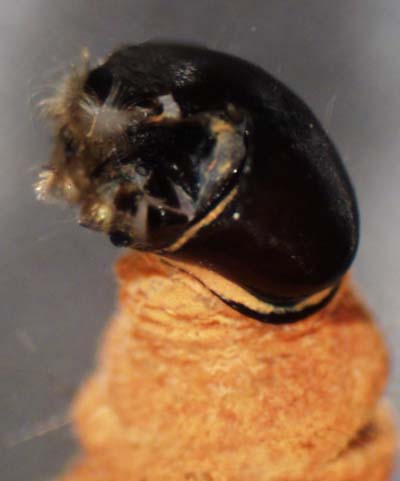  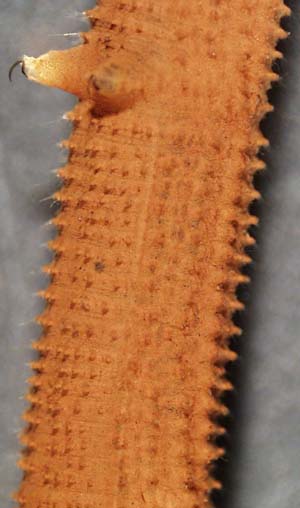 |
||
|
|
||
| Neither of the above families but with a clearly visible head (includes the Ceratopogonidae, Chironomidae, Culicidae, Chaoboridae, Psychodidae, & Stratiomyidae) | 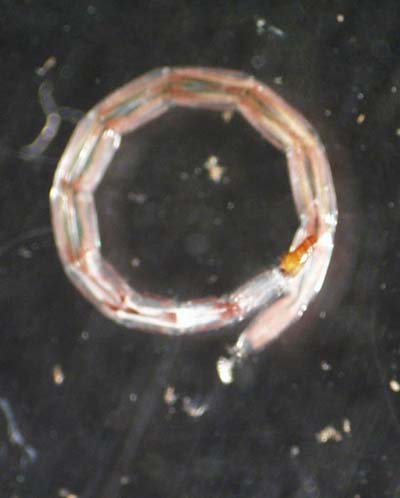     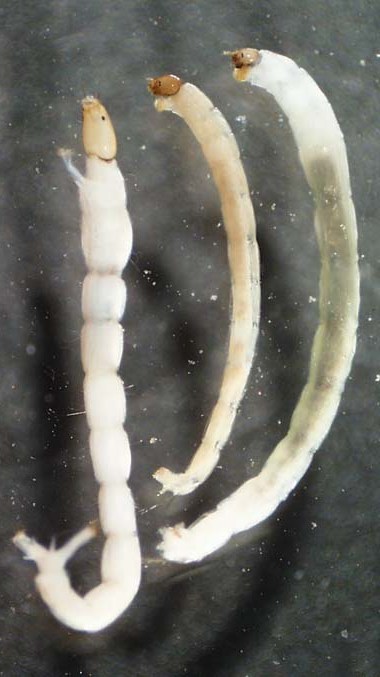 |
||
None of the above families and head not clearly visible: either retracted into the thorax or made of barely visible dark rods |
 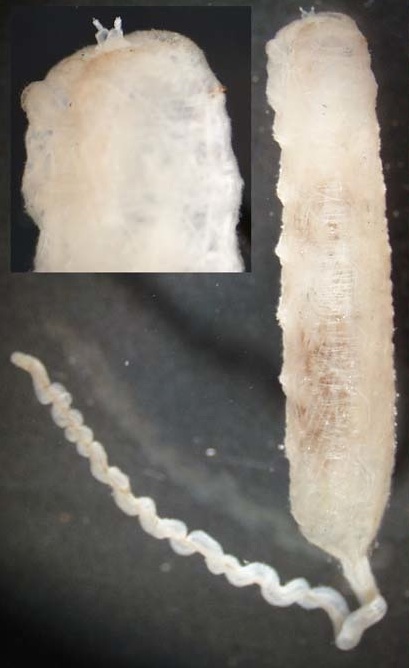  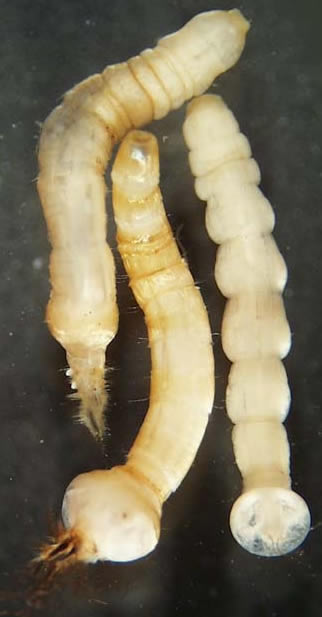 |
||
Ceratopogonidae (biting midges) |
© 2007 Xerces Society
Contact info@xerces.org
